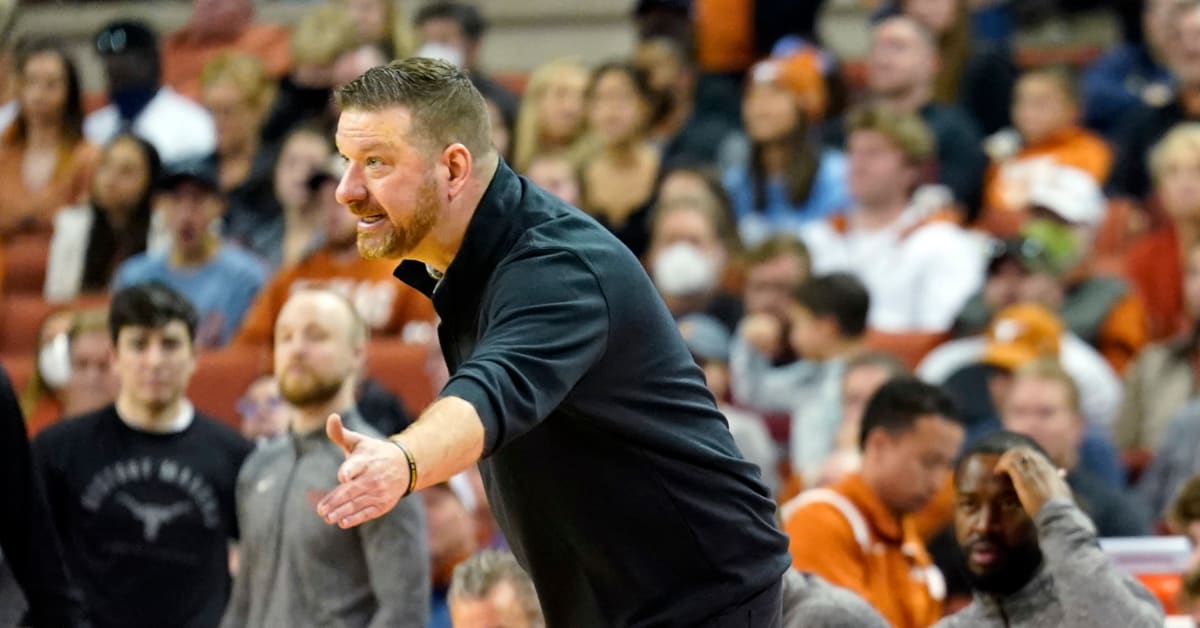The Story of Runs: A Key Statistic for Kansas at Texas

It's a familiar frustration for Kansas fans: a long stretch of play where it seems like the Jayhawks are just unable to score. It's happened in nearly every conference game this season. Let's review, along with the final result and how Kansas achieved it:
- At Oklahoma State: Kansas suffered a nearly 10-minute drought, where Oklahoma State went on a 16-0 run. Luckily for Kansas, this only led to the game being tied, and a strong second half allowed the Jayhawks to win 74-63.
- At Texas Tech: A roughly 5-minute scoreless stretch allowed Texas Tech to go on a 9-0 run. Kansas was never able to recover and lost by 8, 75-67
- vs Iowa State: Kansas only had a 3-minute drought, but Iowa State exploded for a 10-0 run. Kansas was able to put together a 15-2 run in the second half to win 62-61.
- vs West Virginia: A 4 minute drought in the first half saw Kansas go down early. However, an 18-2 run spanning halftime set the tone, and Kansas cruised to an 85-59 win.
- At Oklahoma: Kansas had TWO stretches here, a 4-minute drought in the first half where Oklahoma went on an 11-0 run and then an 8.5 minute stretch in the second half where the Sooners had a 20-2 run to take a 6-point lead. However, a 16-2 run spanning halftime and a furious finish gave them a 67-64 win.
- At Iowa State: Over a 10-minute stretch in the first half, Kansas had separate scoreless stretches of 5 minutes and 3.5 minutes. However, Iowa State was only able to score 8 points during this time, and never got the lead.
But this feature isn't unique to Kansas this year. As Gerald Goodridge of the Longhorn Republic Podcast discussed with me on today Rock Chalk Podcast, Texas fans have had to deal with a similar phenomenon nearly as much as their Kansas counterparts.
- At Kansas State: Not technically the same type of drought, but Texas only scored 16 points the first 14 minutes of the game. Kansas State led 25-16. An immediate 13-2 run closed the gap and then an 18-2 run early in the second half put the game away.
- At Oklahoma State: A 6-minute scoreless drought in the first set the tone for a sluggish offensive game, and Texas only scored 4 points in the final 6 minutes of the game.
- At Iowa State: Another sluggish start, as a 4-minute drought (and only 8 points in the first 7 minutes) again set the tone for a consistently widening gap, as Texas lost 79-70.
- vs Kansas State: Texas used a spurt early in the game to take a 7-point lead, but the lead slowly shrunk the rest of the game as the Longhorns lost by 1.
- vs Oklahoma State: A 13-0 run to start the game evaporated as the Cowboys answered with a 20-3 of their own. The back-and-forth remainder of the game went in Texas' favor.
- At Texas Tech: An early 15-2 run gave Tech a 12-point advantage, and Texas couldn't get anything going the rest of the night. They lost 77-64
- vs Iowa State: A 4.5 minute drought let Iowa State go on an 11-0 run, but that only put the Cyclones up by 4, and Texas ended the game on a 25-5 over the final 12 minutes to win by 22.
So what's the difference? In nearly every case, a Kansas drought was matched or exceeded by a similar run of their own, plus a greater intensity on offense to make up the difference. For Texas, the droughts seem to snowball, leading to a sluggish approach for the rest of the game that needs to be outdone by the opponent in order for the Longhorns to recover (i.e. Iowa State).
All this goes to say that Kansas fans should be cautiously optimistic. The trends seem to indicate that when the Jayhawks suffer a large drought, they are likely to snap out of it with a renewed vigor and better effort. If they can force Texas into one, it may just be the knockout blow.
